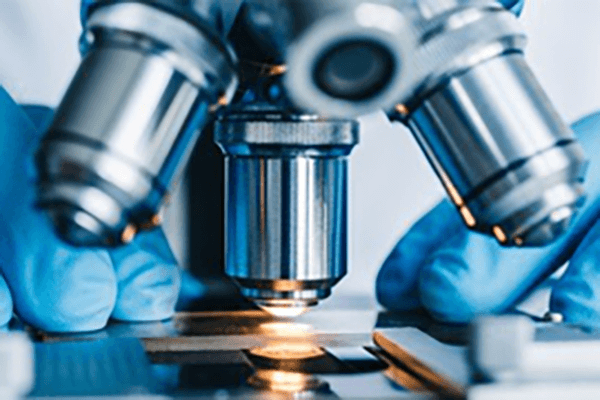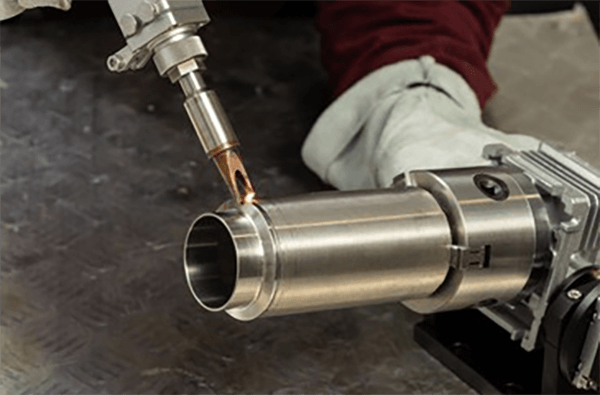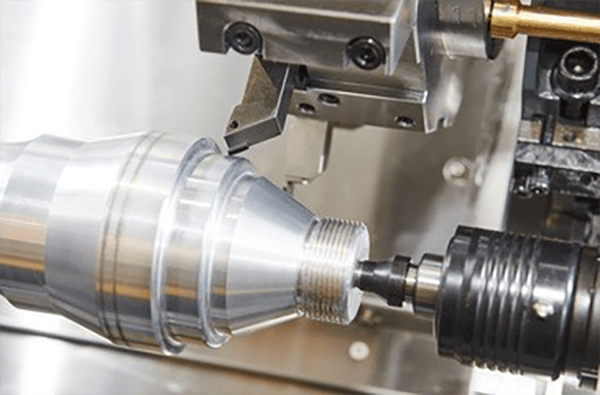
Securing exact surface quality on a machined component is vital.
- Specification callouts prescribe the detailed finish for parts
- Engineers often specify Ra (average roughness) to numerically define surface irregularity
- Decoding surface notes is important for ensuring components achieve required performance
- A well-defined surface finish can impact factors such as lubrication, friction, and durability
- It is essential to interpret the specific callout to achieve the desired outcome
CNC Machining and Precision Engineering

Programmed machining operates as a leading production process through automated code the equipment produces detailed patterns with tight tolerances.
- Automated machining allows fabrication of accurate parts from multiple materials
- Machine flexibility renders it suitable for medical device and electronics manufacturing
- Numerical control systems guarantee repeatable accuracy between batches
From prototyping to mass production CNC machining plays a pivotal role in shaping modern manufacturing
CNC Specs Explained
Decoding CNC machine specifications can feel daunting at first glance
That said, foundational understanding plus a method lets you confront technical details
Start with locating core parameters: spindle rpm, feed, accuracy, work envelope, controller
Each characteristic modifies the machine’s effective performance.
By way of example raised spindle rpm benefits soft stocks while boosted feed enhances output.
Comprehending those interactions assists in picking the proper CNC for tasks
It’s wise to study manufacturer documentation comprehensively.
Producer documentation frequently delivers important notes and clarifies terminology
CNC Machines Explained: A Full Guide
G-code driven machining centers are computer-run systems for precise automated production of varied materials They accept digital G-code to steer tools and control machining actions.
- Various CNC platforms encompass milling centers, turning lathes, routers, plasma systems
- Cutting methods suit steels, plastics, woods, and layered composites
- Also CNC equipment offers quick turn prototyping and low-volume runs for innovators and labs
CNC Fundamentals and Principles
They demonstrate convergence of tight hardware tolerances and refined software control Multifunctional systems use programming logic to fabricate both simple pieces and composite assemblies The core idea is converting digital blueprints into tangible parts.
- Automated machine operation
- Programmed manufacturing process
It requires coordinated toolpath steps instructed by G-code Operators play a crucial role in selecting the appropriate cutting parameters monitoring the operation and ensuring the quality of the final product.
Significance of Surface Finish in CNC
Delivering planned surface condition during machining is necessary It changes how a part performs and how it looks Stock properties, cutting settings, and finishing operations determine surface result.
Smoother surfaces elevate durability while coarser textures may impair utility Automated machining presents a spectrum of techniques and tools to accomplish desired finishes.
- As an example choosing diverse tool geometries |tool materials|surface speed choices to reach texture
- Moreover post-machining steps like polishing or sanding improve surface quality
Grasping how machining variables affect texture is critical to obtain optimal outcomes.
CNC Machine Basics: From Operation to Applications
Computerized machining precisely produces parts from metals, plastics, and other materials These machines follow digital instructions to execute intricate designs with high accuracy and repeatability A fundamental understanding of CNC machine operation including the role of G-code programming and tool selection is essential for successful machining processes
Industry applications include aircraft, automotive, medical, electronics, and beyond From fine aerospace pieces to intricate mold geometries, CNC underpins complex manufacturing
How to Specify Surface Finish for CNC Parts
Clear finish definition is critical for CNC machined components It secures that the final item meets both functionality and looks Engineers generally specify surface quality using the Ra roughness notation Measured in micrometers or inches, the number reflects mean surface roughness height.
Evaluate both finish smoothness targets and the operational application before specifying

Smooth textures are commonly specified for components demanding precise fits and tolerances
Conversely a rougher surface finish could be appropriate for applications where grip friction traction is important
Insert concise surface notes in blueprints to articulate finish expectations Document the Ra value and enumerate any extra finishing or treatment instructions.
Understand that effective surface annotations are critical to production success
CNC Machine Types and Their Functions
The CNC ecosystem includes a broad selection of machines for multiple task categories They use CAD-generated toolpaths to control tooling for exact component production.
- Turning equipment specializes in rotating the workpiece to create cylindrical shapes
- Turning machines rotate stock to create symmetrical components efficiently
- Waterjet cutters use high-pressure abrasive streams to cut diverse materials without thermal effects
Equipment choice hinges on material, design intricacy, and precision requirements Machine-specific strengths enable applications in fields ranging from aerospace to automotive engineering.
Reaching Optimal Surface Quality Using CNC
Creating superior finishes is essential and CNC control systems help produce them By combining feed optimization spindle settings and cutter geometry selection operators reduce patterning and improve finish Moreover premium cutters and correct coolant application enhance surface outcomes Strategic toolpath planning and precise machine adjustments result in superior finish quality.
Achieving Surface Finish in CNC Programming
Mastering surface finish during CNC programming is crucial for achieving desired quality outcomes The chosen machining parameters including feed rate spindle speed and cutting tool geometry exert a significant influence on the final surface texture Conscientious parameter tuning with sound coolant strategy produces excellent surface quality.
- Additionally routine tool checks and upkeep maintain consistent finish quality In addition periodic tool servicing and checks cnc full form machine secure consistent surface quality Continuous tool maintenance and oversight preserve high finish consistency
- In order to refine finish consider material, target roughness, and end-use needs
- Employing simulation software can help visualize and fine-tune cutting parameters before machining reducing the risk of surface defects
- Continuous tool maintenance and oversight preserve high finish consistency
